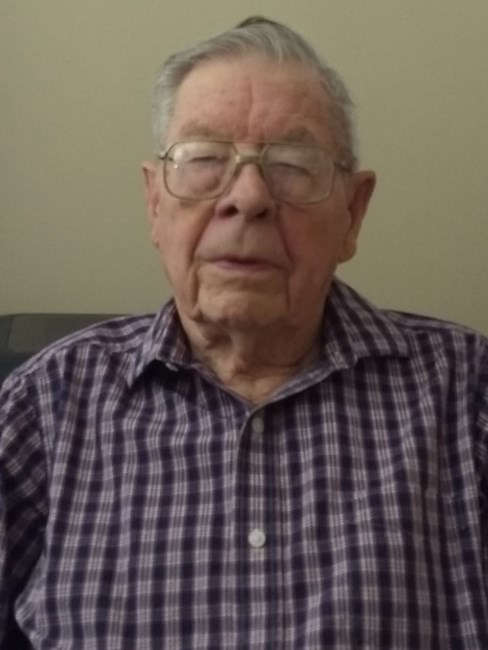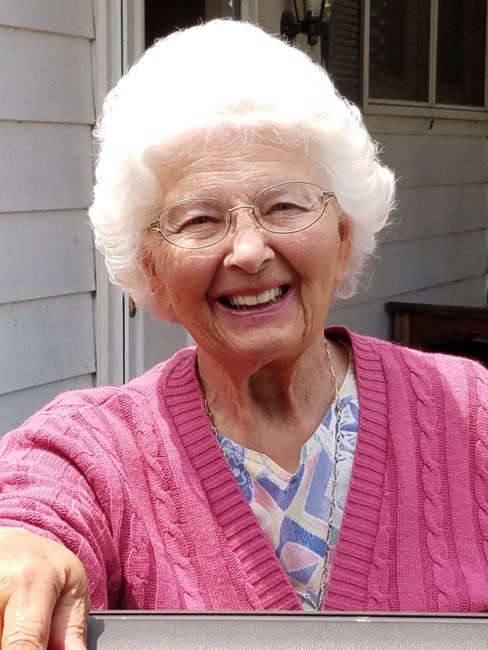
Natural Resources More than Meets the Eye
A fuzzy bunny, a majestic tree, a stream full of fish or a soaring eagle might come to mind for many if asked what is the first thought that comes to mind when thinking of Putnam County natural resources. While we are blessed to see many of these when driving the Putnam County landscape, there is so much more to know and understand.
Annually, Purdue Extension Putnam County along with the Putnam County Soil & Water Conservation District, organizes a natural resource field day for seventh graders hosted at the Putnam County Fairgrounds. Thankfully neighbors also cooperate to allow students access to Big Walnut Creek and nearby riparian areas.
All four county schools participated in the day long event to experience a total of 15 stations, each with a different natural resource subject expert who provided about 15 minutes of hands-on, visual or other presentation activities. Approximately 400 students had exposure to topics that included fire science, soil science, soil & water health, forestry, invasive species, bees, bats, amphibians, drones, wildlife & conservation law enforcement, watersheds, water safety, habitats and whooping cranes.
While there are many examples of gaining understanding about tools and diagnostic uses of natural resource knowledge, one of my favorites is the difference between a left- and right-handed snail. No, this is not a joke but factual science. To determine the type of snail, hold an aquatic snail positioned upside down with the tail between thumb and index finger with the orifice closest to one’s body. If the orifice is positioned to the left, it is a left-handed snail while if the orifice is to the right, it would be right-handed snail. So, what, one can use this useless knowledge as trivia at the dinner table? As a matter of fact, this is very useful in biological stream assessments. Right-handed snails are very intolerant of pollution while left-handed snails are tolerant of pollution and contaminants. If a stream has mostly left-handed snails and no right-handed snails, one would be suspicious of the stream health. The biological assessment is very useful because species live in the stream year around and provide good indicators for stream health.
Visit our homepage at www.extension.purdue.edu/putnam or you can contact the local office by calling 765.653.8411 for more information regarding this week’s column topic or to RSVP for upcoming events. Office hours are Monday thru Friday from 8:00am-12:00pm and 1:00pm-4:00pm. Evening and lunch appointments are available, upon request. It is always best to call first to assure items are ready when you arrive and to RSVP for programs. While many publications are free, some do have a fee. All times listed are Eastern Time. Purdue University is an equal access/equal opportunity/affirmative action institution.
Upcoming events
Oct. 5-16 TSC Store 4-H Paper Clover Campaign
Oct. 6, 13, 20, 27, Fall Walking group, 9:00am, Big Walnut Sports Park
Oct. 10 – Extension Office closed Columbus Day holiday
Nov. 6 – Putnam 4-H Volunteer Recognition, Member Achievement Program, 2 PM, York Auto Bldg. Fairgrouds.
Nov. 8 – Extension Office Closed for Election Day like all county offices
Nov. 11 – Extension Office Closed for Veteran’s Day holiday
Patrick Labhart, local IDNR Conservation Officer displays pelts and discusses wildlife with students (courtesy photo).
Sara Campfield, Putnam SWCD, discusses benthic macroinvertebrates for biological stream assessments in Big Walnut Creek (courtesy photo).
Retired Purdue Extension Educator, Jim Luzar, educates youth about the dangers and concerns of invasive species (courtesy photo).
Eric Sampson of Kirkham Hardwoods shares his forestry knowledge with youth at the Putnam 7th grade natural resource field day (courtesy photo).






